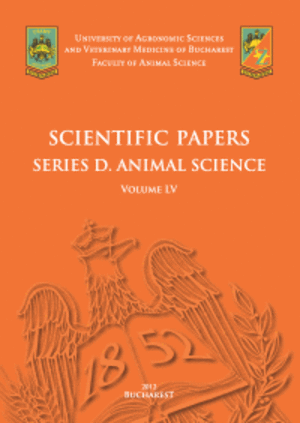Published in Scientific Papers. Series A. Agronomy, Vol. LXVIII, Issue 1
Written by Valentina Ancuța STOIAN, Anamaria VÂTCĂ, Mădălina TRUȘCĂ, Vlad STOIAN, Alin Laviniu POPA, Alina TOȘA, Ștefania GÂDEA, Roxana VIDICAN, Florin PĂCURAR, Sorin VÂTCĂ
This experiment aimed to assess chlorophyll content under drought conditions in two maize hybrids, KWS Inteligens and Kashmir, within microcosms. The parameters analyzed included chlorophyll content, soil moisture, morphological and growth characteristics based on the BBCH scale (Biologische Bundesanstalt, Bundessortenamt und CHemische Industrie), leaf area, final dry biomass and soil-plant water budget. Chlorophyll content and soil moisture were monitored twice weekly for normal hydric regime (RHN) and for drought or hydric stress (SH). Among the findings, Kashmir hybrid recorded the highest average chlorophyll content of 170 SPAD units after 20 days under RHN, while Inteligens hybrid showed the greatest increase in leaf area of about 2.24 dm². In case of dry biomass accumulated by Kashmir hybrid, a reduction of 63% was achieved under drought compared with RHN, while for Inger this percent was higher with 3%. The results highlight that both hybrids endured drought conditions for up to 23 days from emergence to wilting.
[Read full article] [Citation]




